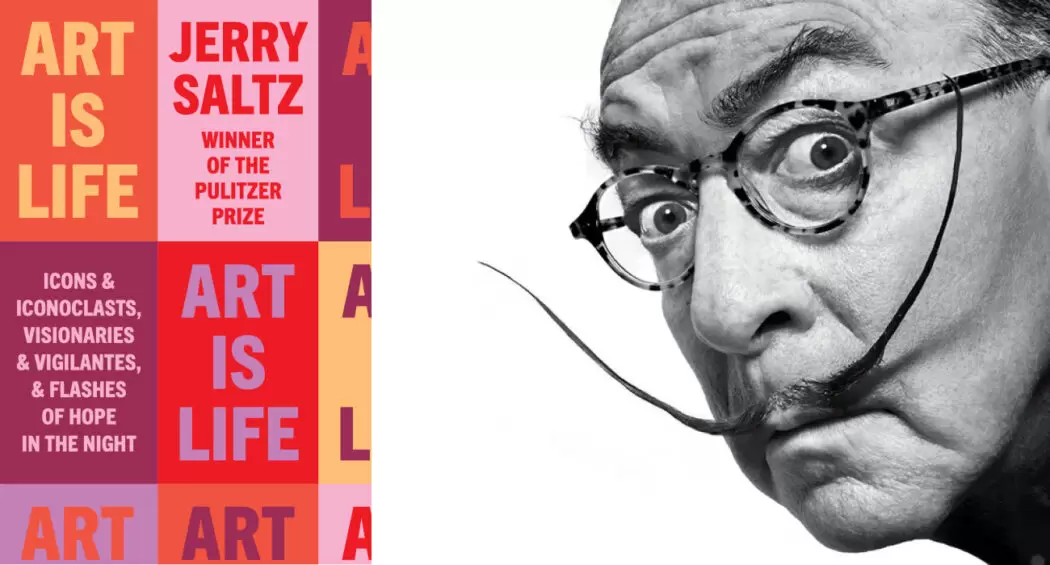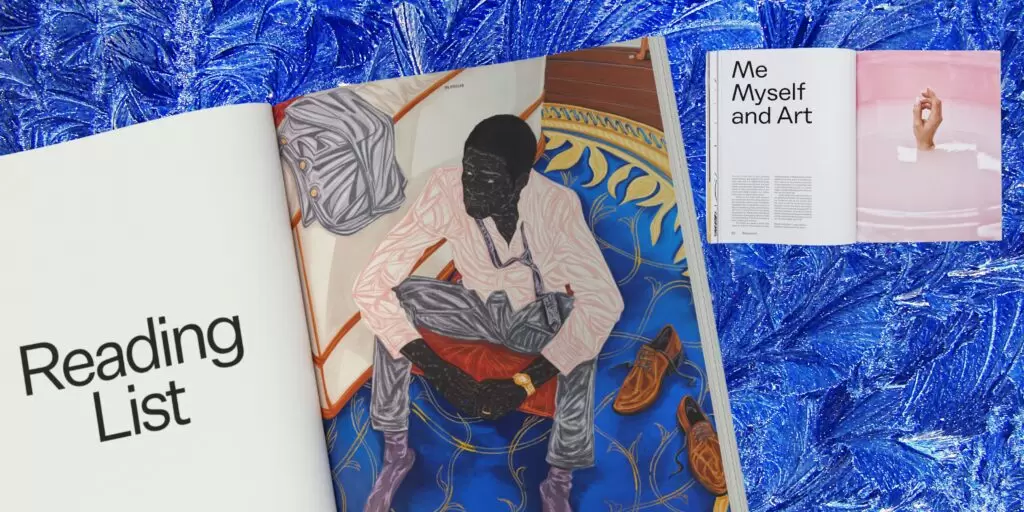Frida Kahlo's works and artefacts are now available online in high resolution
The many dimensions of Frida Kahlo and her life are now on display thanks to the Google Art and Culture online exhibition “Faces of Frida”. Google has collaborated with 33 partner museums, as well as a worldwide network of experts and collectors, in order to put the art diva’s most significant works together in the one place. The collection not only details Frida’s artwork, but also provides the viewers with a snapshot of her personal life, health and legacy.

The collection delves deep into Frida’s personality, exploring her relationship with her body, her lovers, politics and, of course, her creativity. Google has taken advantage of their high-tech excellence and created virtual tours that transport the viewer to important places in Frida’s life. Google’s art camera was used to capture 20 high-resolution photos of previously undigitized works that can be seen online for the first time.
Frida Kahlo’s works online in high resolution
Find the hi-res images and check out the exhibition online at artsandculture.google.com/project/frida-kahlo.
Frida Kahlo’s most famous paintings
When Frida was seventeen, she survived a fatal bus accident. She had to undergo 35 operations, spent most of her life in physical pain and could not bear a child. Frida Kahlo’s most famous paintings are self-portraits dedicated to physical and psychological wounds. Frida often portrayed her moral suffering in connection with her marriage and turbulent relationship with another famous Mexican artist Diego Rivera.
Here are 10 of her most famous artworks.
A few small nips (Passionately in love, 1935)
The painting “A Few Small Nips” came into being when Kahlo became aware of the affair between her husband Diego Rivera and her sister Cristina Kahlo. This artwork also has a reference to a story from newspapers, when a woman was murdered in an act of jealousy. Her murderer told the judge that “it had been just a few small nips”.
The Two Fridas (1939)
This artwork was painted in 1939 at the time of her divorce from Diego Rivera and was an expression of Frida Kahlo’s feelings at that time.
Self Portrait with cropped hair (1940)
Another painting about Rivera, whom Frida divorced and married again. About a month after the divorce Kahlo cut off her long hair that her ex-husband loved so much. In this painting Kahlo portrayed dressed in a man’s attire, holding scissors and sitting on a chair surrounded by the hair she has cut. The portrait may depict her despair or a declaration of independence.
Self-Portrait with Thorn Necklace and Hummingbird (1940)
This painting contains many symbolic aspects. A hummingbird often symbolizes life, joy and freedom, but here it is black, lifeless and caught in branches.
Roots (1943)
This painting contains elements of a mystic worldview. It’s also about Frida’s dream of being able to give birth to a child. Depicting herself giving birth to a vine the artist, probably, also refer to some christian motifs.
The broken column (1944)
This work depict the artist’s physical and psychological suffering due to the injuries she experienced when she was young. A broken column replaces the spine and symbolizes the trauma.
Without hope (1945)
In the back of this painting Frida Kahlo wrote down the following explanation: “Not the least hope remains to me…Everything move in time with what the belly contains”. At that time Frida lost her appetite because of the illness and was forced to be fed by medical prescription.
The wounded deer (1946)
Kahlo was interested in symbolism and Eastern mysticism. That is why at the bottom of the painting there is an inscription that reads “carma” – the word alluding to the ancient mystic beliefs. The deer is an ancient Aztec symbol, symbolizing the right foot. Frida’s right foot has been crushed in a bus accident. Just before Frida’s death, her right leg was amputated because of gangrene.




